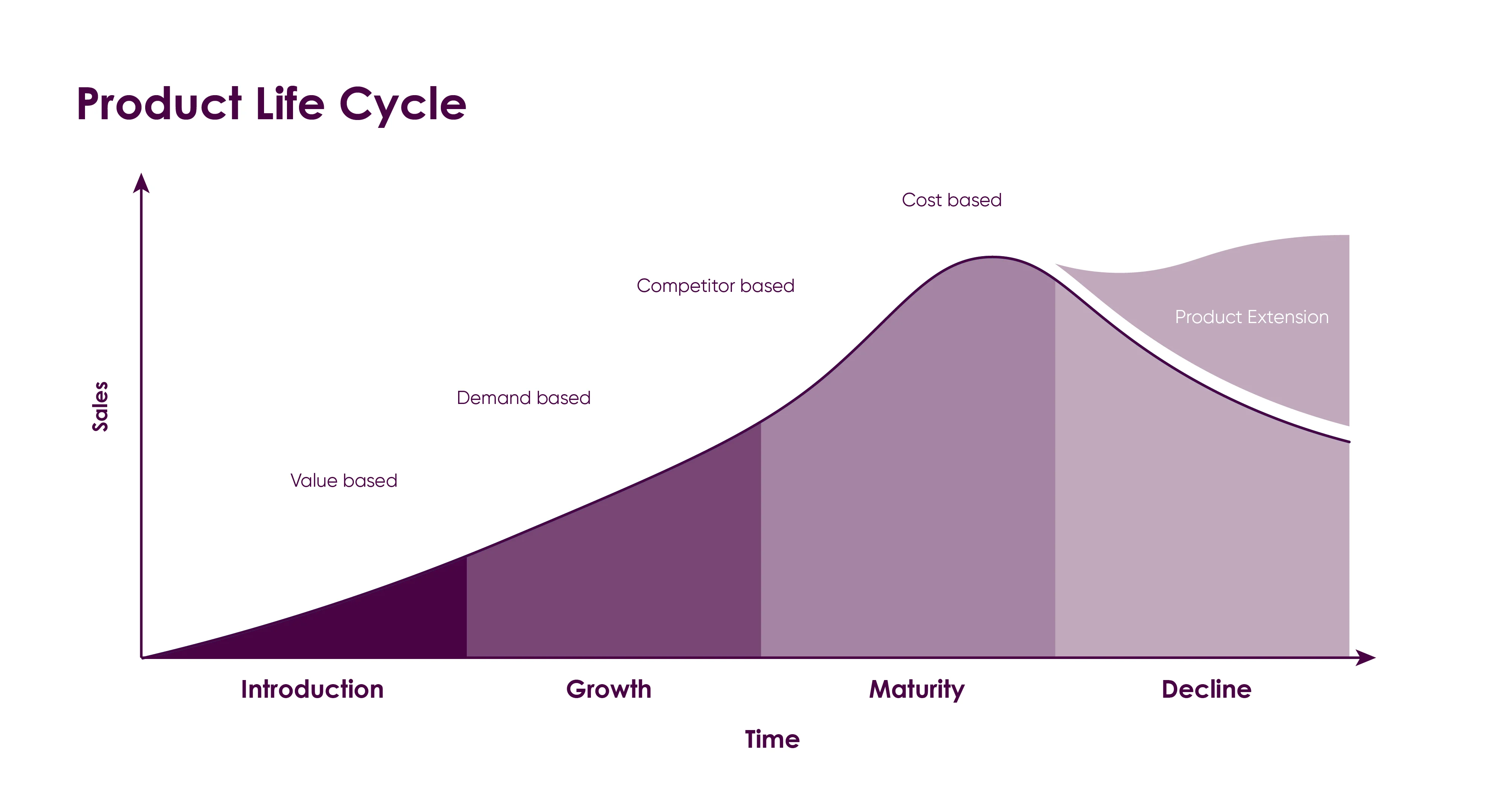What’s Involved in Managing a Product’s Entire Lifecycle?

Every product, like a living organism, has a lifecycle. It begins with an idea, grows through development, matures in the market, and eventually declines or evolves into something new. Understanding and managing this lifecycle is at the heart of effective product management. Companies that succeed at lifecycle management not only maximize profits but also build long-term customer loyalty and brand strength.
This article explores the stages of the product lifecycle, the responsibilities of a product manager at each stage, and the tools and strategies that make lifecycle management successful.
What Is the Product Lifecycle?
The product lifecycle (PLC) is a model describing the stages a product goes through from conception to withdrawal from the market. The classic framework includes:
-
Introduction – A new product is launched, with heavy investment in awareness and distribution.
-
Growth – Sales rise rapidly as adoption increases and the market expands.
-
Maturity – Growth slows, competition increases, and differentiation becomes critical.
-
Decline – Demand drops due to changing customer needs, market saturation, or newer alternatives.
In modern product management, this model is expanded to include development (pre-launch) and renewal (pivoting, repositioning, or relaunching products) to adapt to evolving markets.
Stage 1: Development and Conceptualization
This stage begins with an idea. PMs often gather insights from customers, stakeholders, and competitive research to define opportunities.
Key PM responsibilities:
-
Conduct market research to validate demand.
-
Define a business case with estimated costs, revenues, and ROI.
-
Create a minimum viable product (MVP) or prototype for testing.
-
Align stakeholders around a product vision.
Challenges: Balancing ambitious innovation with feasibility, and avoiding building products without real customer need.
Stage 2: Introduction and Launch
The product goes public for the first time. This stage is characterized by high investment, low profits, and high uncertainty.
PM responsibilities:
-
Coordinate with marketing on positioning and go-to-market strategy.
-
Ensure sales and customer support are trained.
-
Gather early customer feedback and monitor adoption metrics.
-
Manage launch risks and respond to unexpected challenges.
The PM serves as the orchestrator, ensuring engineering, marketing, and sales are aligned for a smooth rollout.
Stage 3: Growth
If the product solves a genuine problem, growth follows. Revenues climb, competitors take notice, and customer expectations increase.
PM responsibilities:
-
Scale product features and infrastructure to meet demand.
-
Differentiate against competitors through innovation.
-
Optimize pricing models and distribution channels.
-
Use data analytics to track churn, acquisition, and engagement.
At this stage, the PM must balance speed and stability—delivering new features without compromising performance.
Stage 4: Maturity
The product reaches peak penetration. Sales may plateau, and competitors may have caught up with similar offerings.
PM responsibilities:
-
Focus on retention and loyalty programs.
-
Introduce enhancements or adjacent products to sustain interest.
-
Monitor unit economics, cost control, and profit maximization.
-
Refine marketing strategies to defend market share.
For PMs, maturity is about maintaining relevance in a crowded market. Strategic decisions often involve whether to invest in renewal or prepare for decline.
Stage 5: Decline
Every product faces decline eventually, whether due to changing technology, shifting consumer preferences, or disruptive innovation.
PM responsibilities:
-
Decide whether to sunset the product, pivot, or relaunch.
-
Communicate transparently with customers about changes.
-
Manage costs by reducing support or consolidating resources.
-
Use insights from the decline to inform future product strategies.
PMs must handle this stage sensitively—mismanaged sunsetting can damage brand reputation.
Beyond the Classic Model: Renewal and Continuous Evolution
Today’s fast-paced business environment demands continuous improvement. Products rarely follow a simple linear lifecycle. Instead, successful PMs adopt strategies like:
-
Iterative innovation: Regularly releasing updates and improvements.
-
Repositioning: Targeting new markets or use cases.
-
Integration: Merging with other product lines for added value.
For example, software-as-a-service (SaaS) products often live for decades, not by remaining static, but by constantly evolving through new features, integrations, and pricing strategies.
Tools for Managing the Product Lifecycle
PMs use a variety of tools and frameworks to navigate each stage:
-
Market Analysis: SWOT, PESTLE, Porter’s Five Forces.
-
Product Roadmaps: Visualizing priorities and milestones.
-
Agile/Scrum/Kanban: Ensuring iterative delivery.
-
Metrics Dashboards: Tracking KPIs like churn, ARPU, CAC, and LTV.
-
Customer Feedback Platforms: Collecting continuous input to guide evolution.
The PM’s Role Across the Lifecycle
The common thread throughout the lifecycle is the PM as a strategist and communicator:
-
At development, PMs validate ideas.
-
At introduction, they align the launch strategy.
-
At growth, they drive scaling and innovation.
-
At maturity, they defend market share.
-
At decline, they decide on renewal or retirement.
At every stage, PMs must balance customer needs, business goals, and technical feasibility.
Conclusion
Managing a product’s lifecycle is more than a theoretical exercise—it’s a practical discipline that ensures products stay relevant, competitive, and profitable. Each stage brings new challenges, requiring PMs to adapt strategies and coordinate across customers, stakeholders, and teams.
Successful PMs don’t just react to lifecycle changes—they anticipate them. They understand that decline can be delayed, maturity can be extended, and growth can be accelerated with the right interventions.
In the end, lifecycle management is about maximizing value—for customers, for the company, and for the market as a whole. Products that are actively managed across their lifecycle have the best chance of achieving long-term success.
- Arts
- Business
- Computers
- Games
- Health
- Home
- Kids and Teens
- Money
- News
- Recreation
- Reference
- Regional
- Science
- Shopping
- Society
- Sports
- Бизнес
- Деньги
- Дом
- Досуг
- Здоровье
- Игры
- Искусство
- Источники информации
- Компьютеры
- Наука
- Новости и СМИ
- Общество
- Покупки
- Спорт
- Страны и регионы
- World


